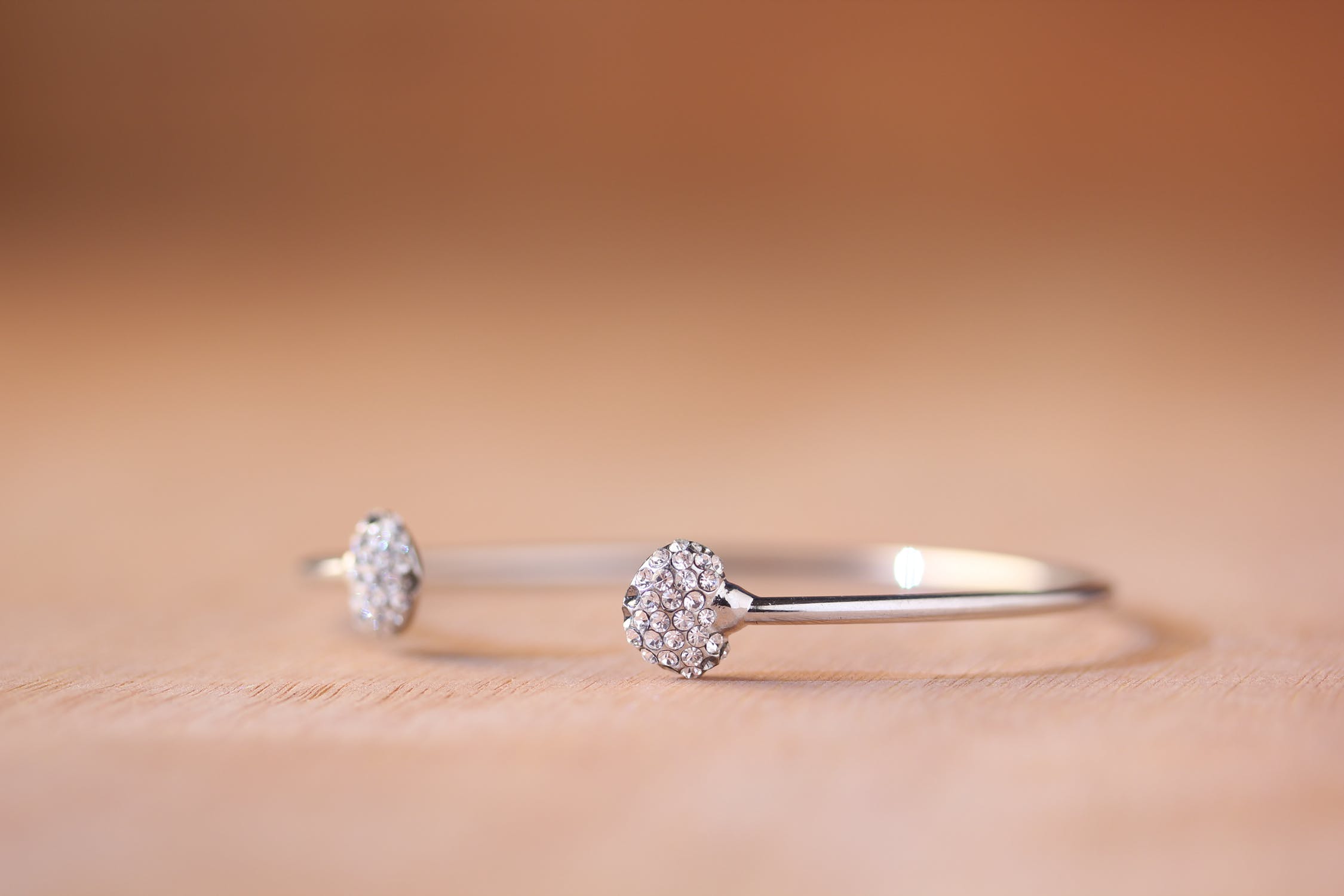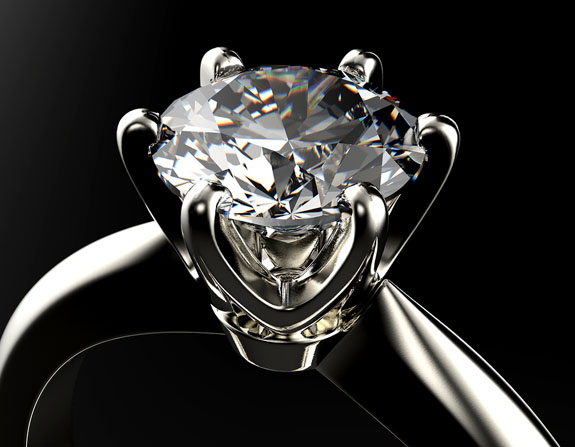I heisted for a long time before buying a piece of jewelry with diamonds because I couldn’t make up my mind between the various types of stones to choose from. I obviously wanted an affordable option, but I was willing to spend a little, too, if it meant I was really getting quality for my money and not just a cult status for that stone.
In other words, I was willing to pay for an authentic diamond, if it was able to convince me it is indeed superior to other options. I was also looking into concepts like synthetic diamonds, man-made diamonds and simulants (or imitations) and striving to understand the differences between all of these.
What’s the Difference Between Man-Made Diamonds and Natural Diamonds?
The Diamond Authority article that convinced me and finally made me understand all of the above made things simple enough: diamonds are diamonds, whether natural or synthetic (man-made).
Man-made diamonds and synthetic diamonds are one and the same, while simulants or imitations usually include lower-class gems, like glass cut into ways to made it similar to diamonds. Swarowski crystals are a good example of such an imitation.
If you’re here it means you’re looking for an authentic diamond ring, but on the more affordable side, so I will exclude imitations from this analysis.
From what I’ve learned about man-made diamonds, they are by far the preferable alternative to natural ones. Not only they are more affordable, but they can also be superior to natural stones. First of all, the controlled conditions in the lab make the stone more resistant and the cut more precise.
If the experts are able to cut the gem in more precise fashion, the diamonds can achieve higher levels of pure brilliance. Furthermore, users say that man-made diamonds discolored way less over time than natural diamonds, confirming the predictions of scientists.
3 Factors that Can Make a Diamond Ring Affordable
1. If the stone is man-made or natural
As I said, science confirms that synthetic diamonds are as much diamonds as naturally found diamonds are, and they are even superior to those because they are cut under controlled conditions. This makes them truly colorless (whereas in natural diamonds, the closer they are to pure white, the more valuable they get), more brilliant, perfectly cut etc.
Since for the moment they are also more affordable than the naturally occurring diamonds, going for the man-made version is also a way of making the purchase more affordable.
2. The metal
The metal in which the diamond is set also matters, as well as its purity and other factors. To choose an affordable option which is still precious and lasting enough, buy a diamond ring set in white gold with a moderate purity.
3. The brand
As with anything else in the fashion world and beyond, sometimes you really do just pay for the brand. Do yourself a favor and go for a no-name label, and your diamond ring investment will be sizably smaller.
As long as you make sure you still buy it from a reliable source and it comes accompanied by all the relevant certificates and so on, there’s nothing wrong with a less known diamond jewelry seller.
3 Good Examples of Man-Made Diamonds and Derivates
Zirconia is one of the best-known synthetic diamonds on the market. Zirconias have been used for many years now and even though they are labeled as zirconia diamonds, they are still as affordable as if they weren’t actual diamonds. This is the power of the continued notion of only natural diamonds being ‘true’ diamonds.
Sona diamonds are an Israeli hybrid craft involving a core of natural diamonds covered with a layer of synthetic diamond. This process allegedly gives them a uniquely brilliant shine, and this is why they have become highly popular for those looking for more affordable jewelry.
Asha diamonds are also a hybrid, but they involve a mix of synthetic diamonds and regular glass crystals. Most of an Asha diamond is actually crystal, but infused with a layer of natural diamond on the surface, so that it gains a more diamond-like shine.
To wrap it up, if you’re really on a tight budget, I guess Asha diamonds are not that bad, either. But if you can afford to go a little higher, zirconias are a better option, and their quality rivals that of natural diamonds, too.


